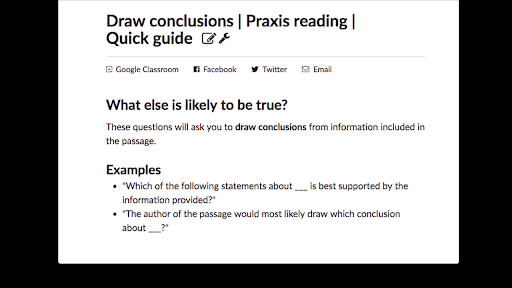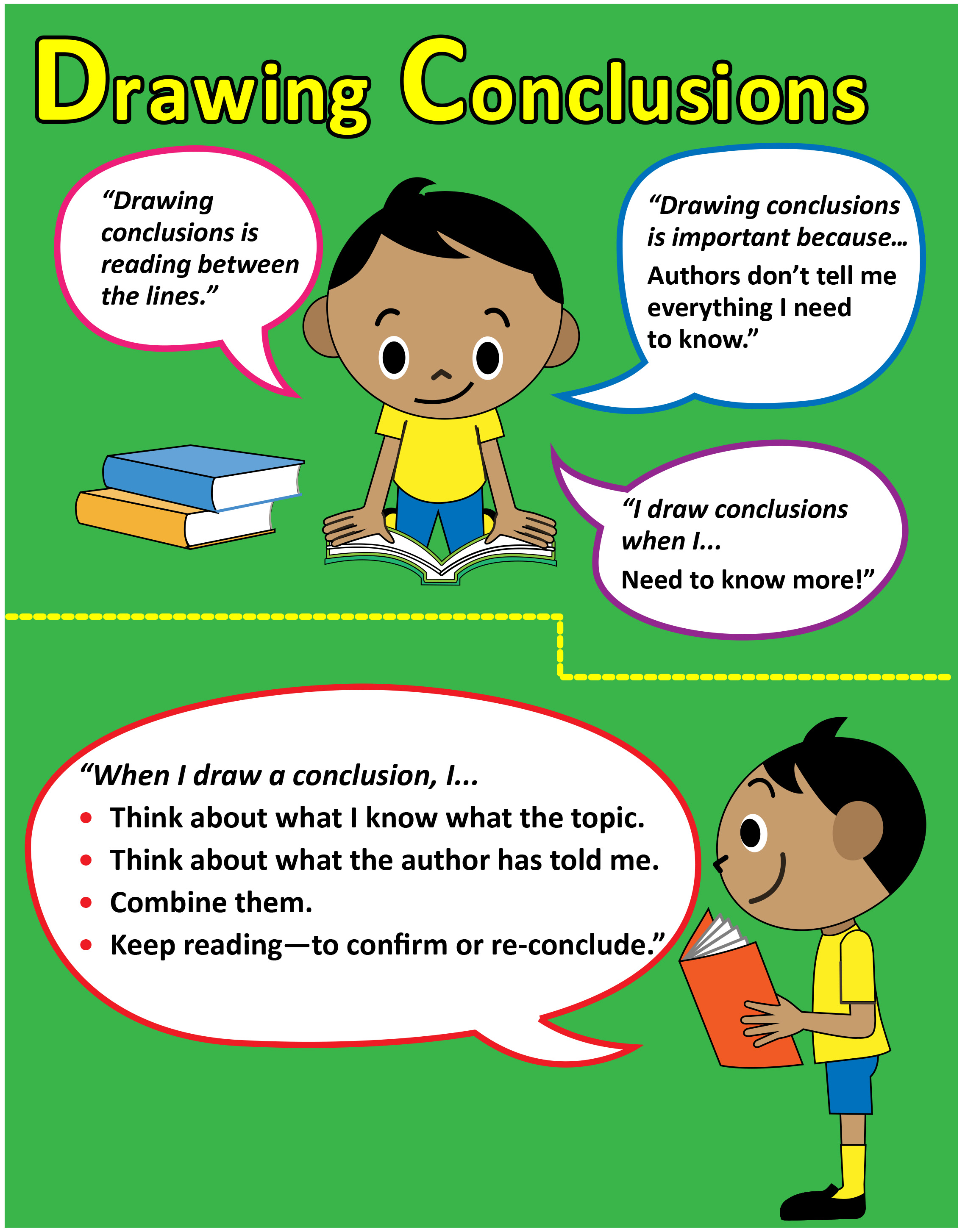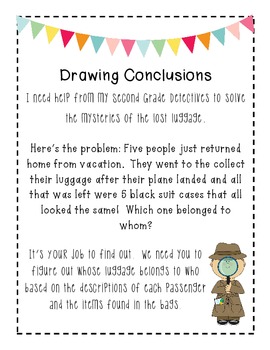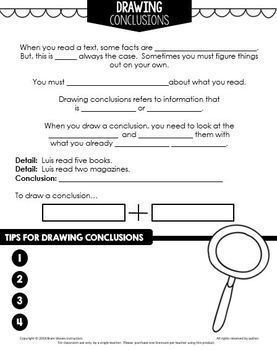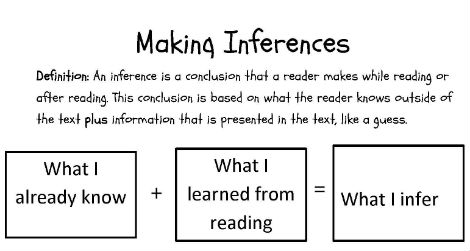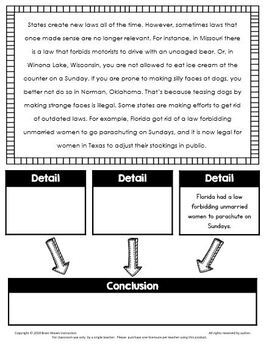Formidable Info About How To Draw Conclusions In Reading

Not every detail of a story needs to be spelled out.
How to draw conclusions in reading. Drawing conclusions is an essential skill for comprehending fiction and informational texts. Making inferences and drawing conclusions guidebook inference is a complex skill and is connected to many other reading strategies. Draw three conclusions from the reading.
“how did you do it?” someone asked. Experienced readers are able to draw conclusions based on hints, or evidence, found elsewhere in the book or passage. A conclusion is a judgement a reader makes based on facts and details from a text.
When you know the type or. We’ve created increasingly difficult worksheets for students to practice how to. To draw a conclusion about a piece of writing, a reader must consider two things:
The details provided or implied in the text the reader's prior knowledge and experiences Instead, you have to put together some puzzle pieces to figure them. Improve your students’ reading comprehension with readworks.
You make educated guesses about what happens. “slow and steady wins the race,” the. Drawing conclusions is an example of reading comprehension skills, if you can draw conclusions from what what you read.
The conclusions could have to do with what happens to the people in the passage or a prediction about what will happen next. In each example a conclusion is drawn. When you read a passage, sometimes the most important points won't be directly stated in the passage.




